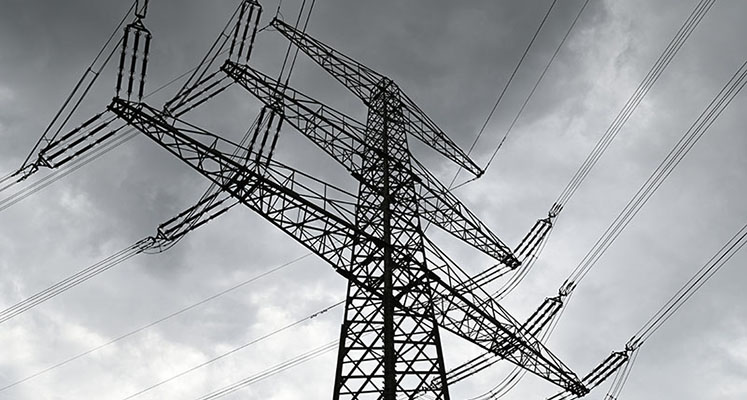The Dutch now use a lot less energy than at the turn of the century. Total energy consumption in the Netherlands last year was 17 percent lower than in 2000, reports the Central Bureau of Statistics (CBS) based on the latest figures. The use of fossil fuels, such as coal, natural gas and oil, fell by more than a quarter during this period. Total energy consumption last year was 3 percent lower than a year earlier.
Total energy consumption in the Netherlands decreased from 3 158 petajoules (PJ) in 2000, to more than 2 600 PJ in 2023. Consumption of fossil fuels, such as coal, natural gas and oil, decreased by 26 percent. Among fossil energy carriers, consumption of oil and oil products decreased the least during this period. In 2023, total energy consumption was 3 percent lower than the previous year. This reports CBS based on the latest figures.
Total energy consumption from fossil fuels (such as natural gas, coal and oil products) decreased to 2 181 PJ between 2000 and 2023. Coal consumption halved, mainly due to higher coal prices, CO2 and the increase in renewable electricity from solar and wind.
Consumption of natural gas decreased more than 500 PJ, due in part to increased natural gas prices and various measures to promote energy conservation in homes.
Consumption of oil decreased less than of coal and natural gas
Unlike natural gas and coal, consumption of the other major fossil energy carrier, oil, fell by only 6 percent from 2000 to 2023. As consumption of natural gas and coal fell faster than consumption of oil, oil again became the most important energy carrier.
The share of oil products in energy consumption grew from 37 percent in 2000 to 42 percent in 2023. In 2000, natural gas was still the most important energy carrier, with a 47 percent share.
The consumption of renewable energy (such as solar and wind energy)increased by more than 500 percent to 378 PJ.
Residential, agricultural and power sector energy consumption down sharply
In most sectors, energy consumption decreased between 2000 and 2023. Yet there are large differences. Energy sector consumption fell by almost a quarter, to 480 PJ. Within the energy sector, it is particularly the electricity sector where energy consumption declined, due in part to lower consumption of coal and natural gas. This was partly because coal andCO2 prices had risen, and because of increased electricity production from renewable sources, such as solar and wind.
Residential energy consumption declined by nearly 30 percent due to further conservation efforts (insulation, heat pumps), mild winters, and rising natural gas prices in recent years.
Energy consumption in the agricultural sector fell by nearly a quarter. In particular, consumption of natural gas fell sharply in this sector, while consumption of renewable energy sources increased.
Energy consumption of road traffic and chemicals decreased less sharply
In the chemical and pharmaceutical industries, total energy consumption was over 700 PJ in 2023, a 5 percent decrease compared to 2000. At the same time, energy consumption by road traffic decreased by 10 percent to 385 PJ, due in part to more fuel-efficient cars. Total gasoline consumption increased slightly; diesel consumption, on the other hand, decreased sharply (by 22 percent). The latter was due in part to the decline in sales of passenger diesel cars, fewer miles driven, and because it has become less attractive for international freight traffic to fill up in the Netherlands. As a result, almost as much gasoline as diesel was consumed in 2023. Electricity consumption for electric cars on Dutch roads grew by a third compared to the year 2022.













